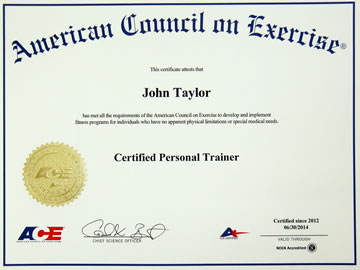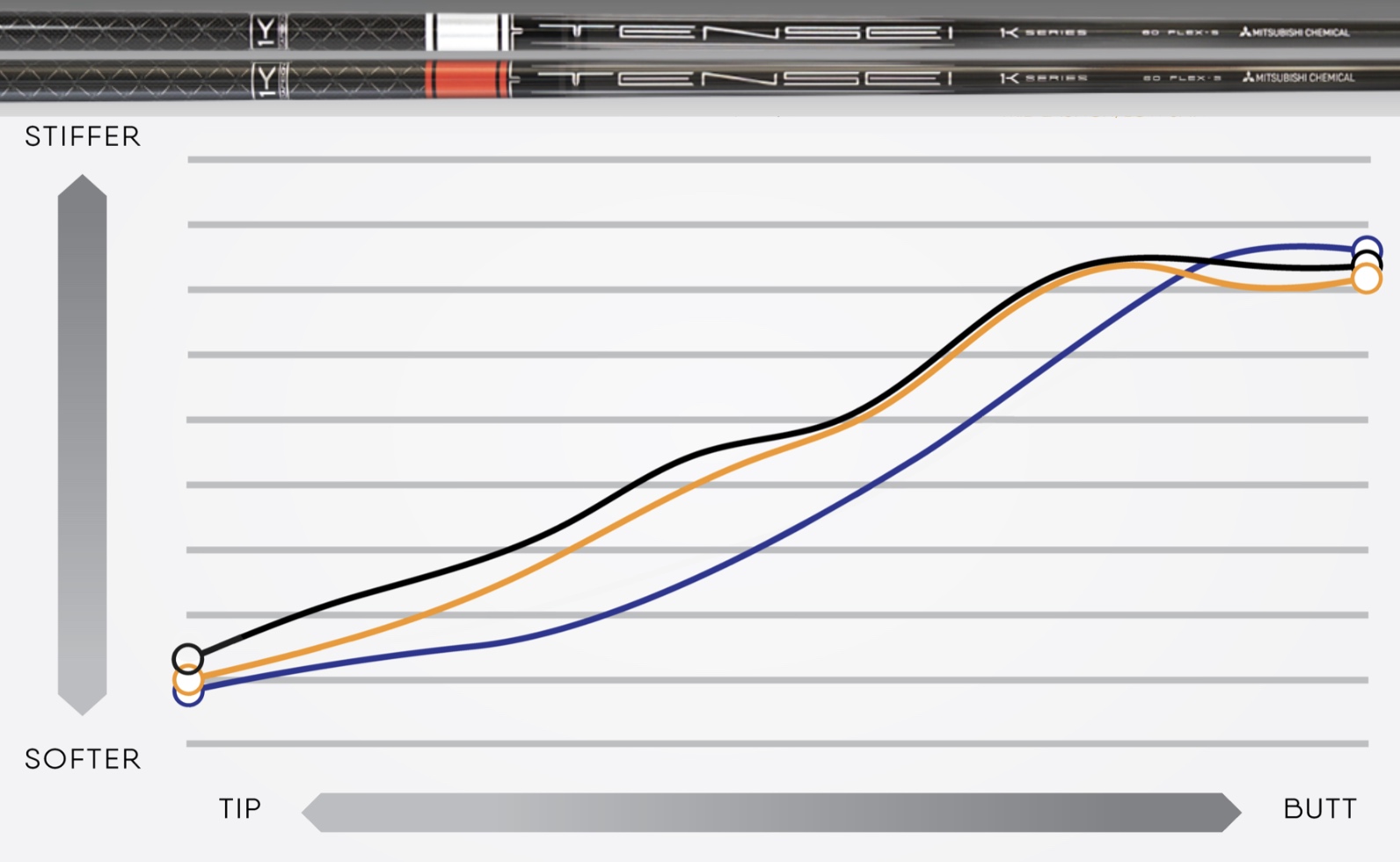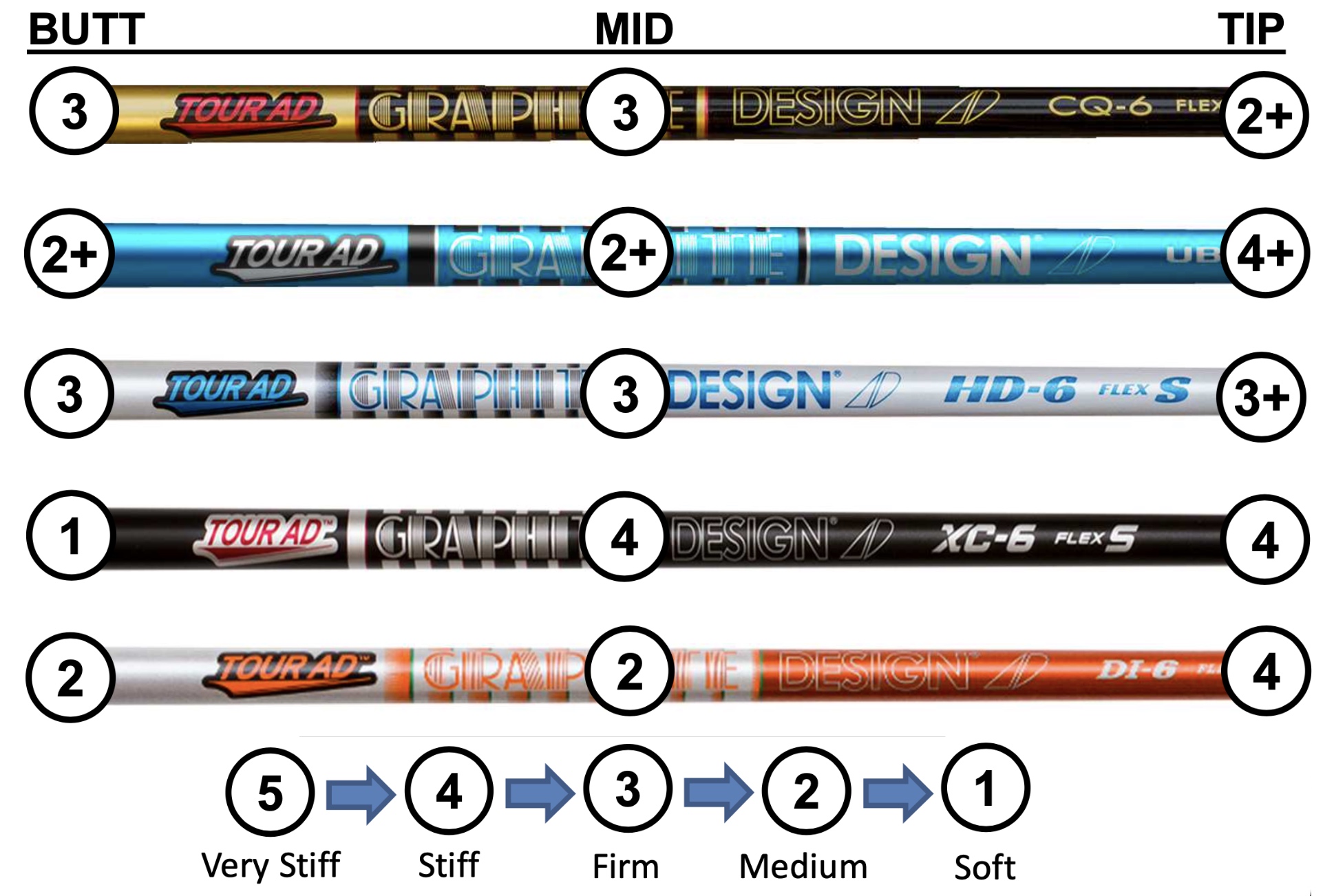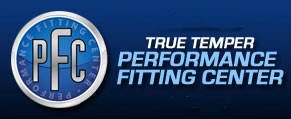Club Speed = Distance
The key to distance is clubhead speed. Higher clubhead speed equals greater distance. It's the most important goal for clubfitting, lessons, and fitness training. Accuracy is important and consistency is important -- you definitely need them to score low, but you don't play golf thinking about how to lay up. You think first about how far you can hit the ball.
Every choice for shaft properties (stiffness, torque, weight, length, balance) and clubhead design (shape, weight distribution, club face flex) should be made to optimize club speed. Brand preferences and exotic design features only matter for performance if they yield more clubhead speed.
The effectiveness of fitness and range-of-motion training should be evaluated by measuring clubhead speed and distance gained. In golf, rotational power is more important than linear power -- the speed of rotation is more important than the speed of lifting. The muscles you train and how you train them need to be customized for each golfer if the goal is increasing clubhead speed -- and distance.
The key goal of golf lessons should be learning how to achieve increased distance and better accuracy with every club in the bag. The two go together. Better technique needs to deliver more distance. If you are learning the game, learn how to swing fast and practice techniques that help you do it.
We question any strategy aimed at swinging a club slowly. We question any "deliberate practice" advice that doesn't increase clubhead speed. When we walk onto the first tee of our favorite golf course with driver in hand, our first thoughts are focused on gearing up every part of our swing technique to hit the ball as far as we can. It's why we train for speed.





























 John Taylor
John Taylor



